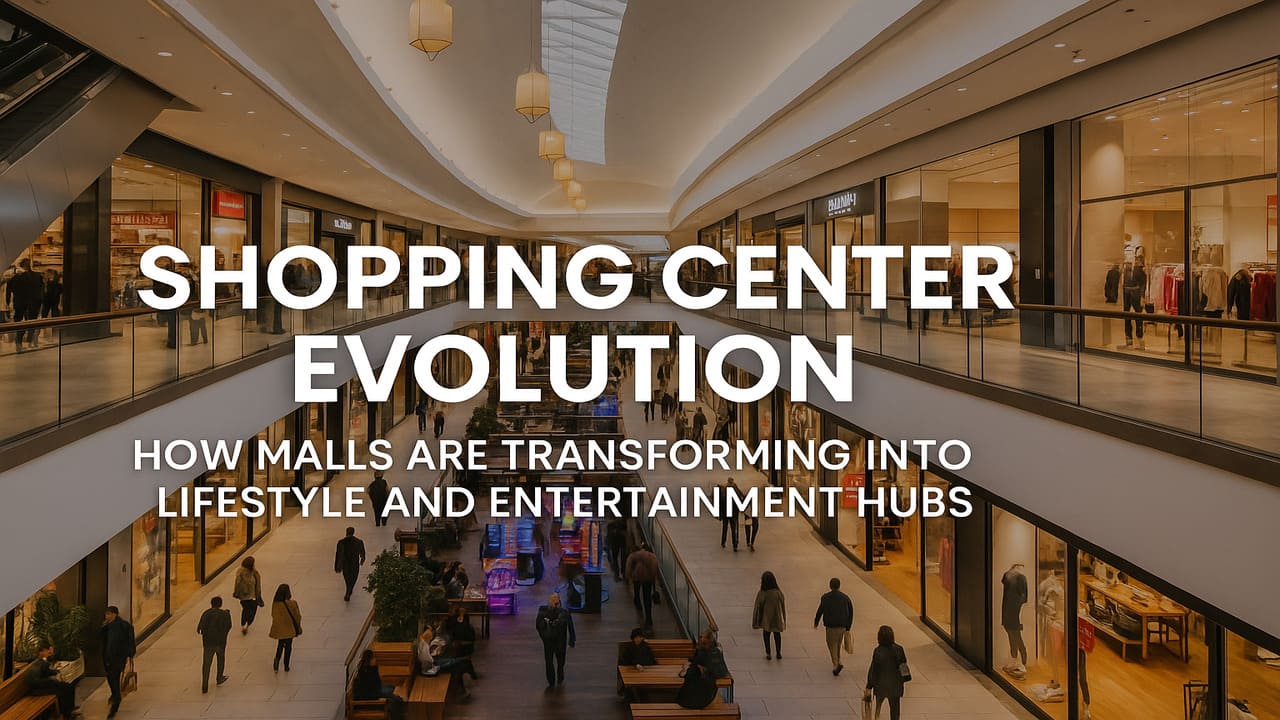
The Berkshire Mall – Shopping center were once purely retail-driven, designed as one-stop destinations for consumers to browse, buy, and leave. However, over the past decade and especially in the wake of the e-commerce boom traditional malls have faced declining foot traffic and shifting consumer behaviors. In response, malls across the globe are undergoing a dramatic transformation, evolving into lifestyle and entertainment hubs that offer much more than shopping.
This shift isn’t simply cosmetic. Malls are fundamentally rethinking their roles in modern urban life. They’re becoming community centers, social experiences, and immersive destinations where shopping is just one part of a broader, multi-sensory journey. From rooftop parks to immersive gaming zones, yoga studios to luxury cinemas, today’s shopping centers are designed to encourage people to stay longer, engage more deeply, and return more often.
A key driver behind the transformation of shopping center is the concept of experiential retail the blending of physical retail with interactive, sensory-rich experiences. Consumers, particularly millennials and Gen Z, are no longer satisfied with simply purchasing products; they want memorable encounters with brands.
This is why malls now host pop-up shops, interactive installations, virtual reality lounges, and hands-on product demos. These additions not only make the visit more engaging, but also help brands foster emotional connections with their audience. Retailers are becoming storytellers, and malls are their stage.
For instance, Nike’s flagship stores now include mini-basketball courts and customization zones. Similarly, Apple Stores function as event spaces where visitors can attend workshops and live product demos. Malls that accommodate these kinds of retail experiences position themselves as more than shopping center they become cultural and creative platforms.
“Read More: Popular Indoor Play Spaces and Kids Playgrounds in New York City”
Another defining feature of modern shopping centers is their integration of leisure and entertainment options. Cinemas, bowling alleys, karaoke rooms, arcades, and escape rooms are no longer side attractions they are core components of a shopping center ecosystem.
In regions like Southeast Asia and the Middle East, mega malls even include indoor theme parks, aquariums, and ski slopes. These facilities draw diverse crowds, from families and tourists to young adults seeking weekend entertainment. The aim is clear: make the mall a place where people want to spend hours, not just minutes.
Restaurants and food halls also play a critical role in this shift. Today’s malls are filled with artisanal food markets, global cuisine, and Instagram-worthy cafés, designed to create social interaction zones. Some even host culinary events and chef-led workshops, transforming dining from a quick pit stop into a destination activity.
In line with the increasing focus on well-being and flexible work culture, malls are now incorporating health, wellness, and co-working spaces into their designs. Yoga studios, fitness clubs, medical clinics, and spas are commonly found alongside fashion boutiques and tech stores.
This new approach caters to the evolving lifestyle of urban dwellers who want to integrate errands, health goals, and relaxation into a single trip. Malls are even partnering with brands to offer “wellness experiences,” such as guided meditation corners, indoor walking trails, or smart hydration stations.
Co-working spaces are another growing trend within malls. Operators like WeWork and IWG are exploring partnerships with commercial retail developers to place flexible work hubs inside malls. They offering remote workers convenient access to workspaces, dining options, and amenities in one location.
Around the world, we can already see this transformation taking root in real time.
In the U.S., malls like American Dream in New Jersey are reinventing the category by combining shopping with waterparks, roller coasters, and indoor ski hills. These aren’t just malls they are leisure cities.
This new model is not just about aesthetics or size it’s about designing spaces that reflect how people live, socialize, and prioritize well-being in the modern age.
Instead of ending with a traditional conclusion, let’s pivot to a key catalyst driving this transformation: technology.
Smart technology is deeply embedded in the modern shopping center. From AI-powered personalization to real-time foot traffic tracking. Malls are using data to optimize layouts, enhance customer service, and personalize the shopping journey. Mobile apps allow visitors to book appointments, order food, receive promotional offers, and navigate stores with ease.
AR (Augmented Reality) and VR (Virtual Reality) are also finding their place. With interactive wayfinding, gamified store discovery, and immersive brand experiences. Malls are becoming not just spaces, but platforms dynamic environments that respond to user behavior in real time.
Ultimately, it is this blend of physical experience and digital intelligence that defines the future of shopping centers. As long as they continue to adapt to cultural trends, social needs, and technological innovation, malls will remain a vital part of urban life not as retail-only zones, but as holistic lifestyle destinations.